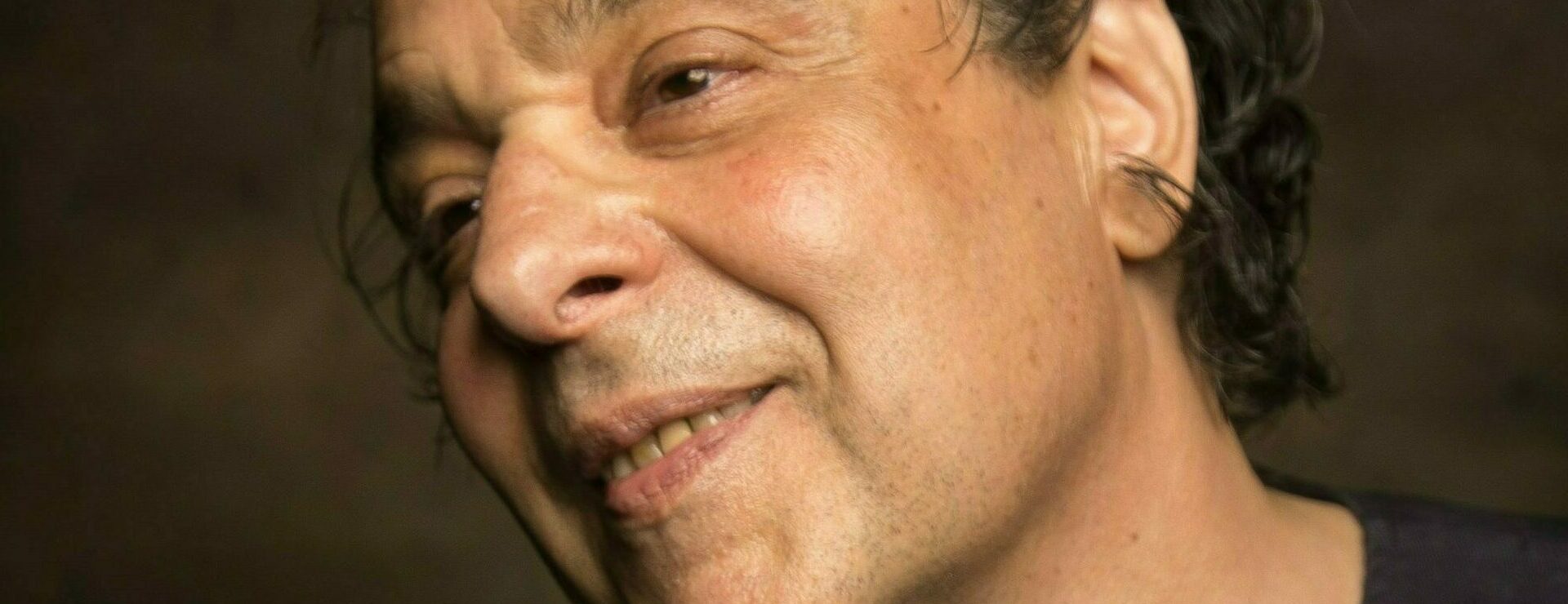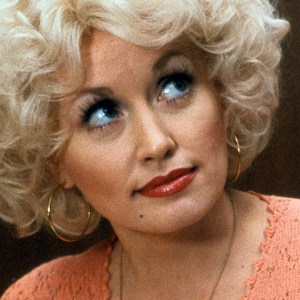Wishing Happy Birthday to Jules Shear today, we devotionally dive inside his great 2016 album
It’s the birthday of Jules Shear today, and to celebrate his life of rich, inspired and inspirational songwriting, we bring you this journey into his 13th studio album, One More Crooked Dance, produced by Jules with Lee Danziger. Jules has since released its follow-up, the 14th album, Slower, which is his newest collection of gems from the heart.
Videos by American Songwriter
And the heart of Jules, as we, his fans, know, is one ripe with gloriously soulful melodics lovingly wed with words of whimsy, romance, mystery and more. It’s not just those melodies alone, or his amazing chord changes, which distinguish a Jules song. It’s all of it–the crucial balance of all the parts–unified by his singularly tuneful, pure heart, and his lifelong love of song.
So we will bring you more on Slower in coming days. But first a look back at One More Crooked Dance.
Nobody insists that songwriters keep writing songs at this level, which, as Warren Zevon once said, is “high art.” This is about seriously dimensional and inspired song craft. About the undeniable power of a great melody, and a beautifully realized lyric, and that crucial balance when they are wed with an inevitable rightness.. This is about creating timeless songs, songs which enrich our lives and help us make sense of the madness of these modern times.
We’re in an era now where great sonics often receive more attention than great songwriting. But, as Bob Dylan said, one can make anything sound good with great production, but that without a great song at its core, “those things won’t last.” Indeed. This one, like all of his albums, was built to last.
He’s one of those songwriters who has been steadily writing brilliant songs for decades, songs which go on his own albums and those of others. Countless singers have recorded his songs, most famously Cyndi Lauper (“All Through The Night”), The Bangles (“If She Knew What She Wants”), and Alison Moyet (“Whispering Your Name”).
He’s been in bands (Jules and The Polar Bears, Funky Kings, Reckless Sleepers) as well as having made many delightful solo albums, bringing his total to 21 albums in release. Regardless of the setting though, the songs of Jules always shine with the same qualities: brilliantly poignant, intimate and often funny lyrics wed to melodies of great majesty and moment.
Melodies discovered in ingenious, often deceptively simple, chord progressions. His uncanny brilliance with chords, and the resulting rich melodicism of his work, has led songwriters over the years, when finding that one beautiful unexpected chord that shifts the entire mood of a tune, to identify those as a “Jules Shear chord.”
It’s an album which plays by none of the rules accepted as the norm. Not only does this album have no bass and drums, and therefore no easily digested grooves, it essentially pure: his voice, one piano (performed by his pal Pepe), sparse harmonica by his friend and Woodstock neighbor John Sebastian, and harmonies by Molly Farley. The focus falls all on the song itself, the pure song, words and music, and the performance.

Time was when the test of a true song was whether it could stand up to a performance of just one instrument (piano or guitar) and voice. Stipped down to that essential form, the song is forced to fly only on the force, merit and grace of its words and melodies, and that crucial balance between the two. These songs all soar.
And perhaps to highlight his own happily idiosyncratic disinclination to play by the rules, he even opens this album with a song about rules, “Rules of the Game.” A song with one of those Jules’ melodies that crawls into your consciousness and stays there, emerging at unexpected times. With poignant lyrics that touch on the flashy, transitory nature of our current lives in which there’s not enough time for any resolutions (“no sense taking time to explain… no sense taking time to go insane…”), he delivers this straight to the heart with delicious melody. (In E major, he deepens the melody by going to a great Jules chord in the middle of it all, a G major. Though it’s not in the key, somehow it works perfectly, lifting the entire song into a bright place.)

“When It’s Right” has one of those choruses that you get at least once on every Jules album, if not more. A chorus that is so deliciously melodic that it resounds like a standard the first time you hear it. The kind of melody, as many say, nobody writes anymore. And as always it’s merged with words of delicate but funny wordplay, toying always with meter and rhyme, the sign of a songwriter in love with writing songs. For example, in this song, when he sings, to an achingly ripe tune, “I know I’m sick but who’s not sick…” he lets that odd admission hang before completing it, poignantly:
“I know I’m sick
But who’s not sick…. of trying?
Nobody claims the power I have
To keep from crying.”
—From “When It’s Right” By Jules Shear
But it’s the song “Painkiller” which has haunted me most since the first time I heard it. To a darkly beautiful minor-key melody, he sings of his reflections on this modern dilemma, the painkiller. Like Amy Winehouse’s “Rehab,” it’s brilliant songwriting, transforming a modern, well-trod word and concept into timeless song, concluding with a line that says everything:
“This painkiller does everything
It’s got no shame
This painkiller does everything
but kill the pain.”
—From “Painkiller” By Jules Shear
So many other gems like “Oh Marlena,” “The Hunter and The Hunted” and “Wrong Again” make this one of the strongest albums to come around in a while. It stands up well to repeated listenings, as I know from first-hand experience. There’s so much other music to listen to, yet I find myself wanting to return here over and over.
